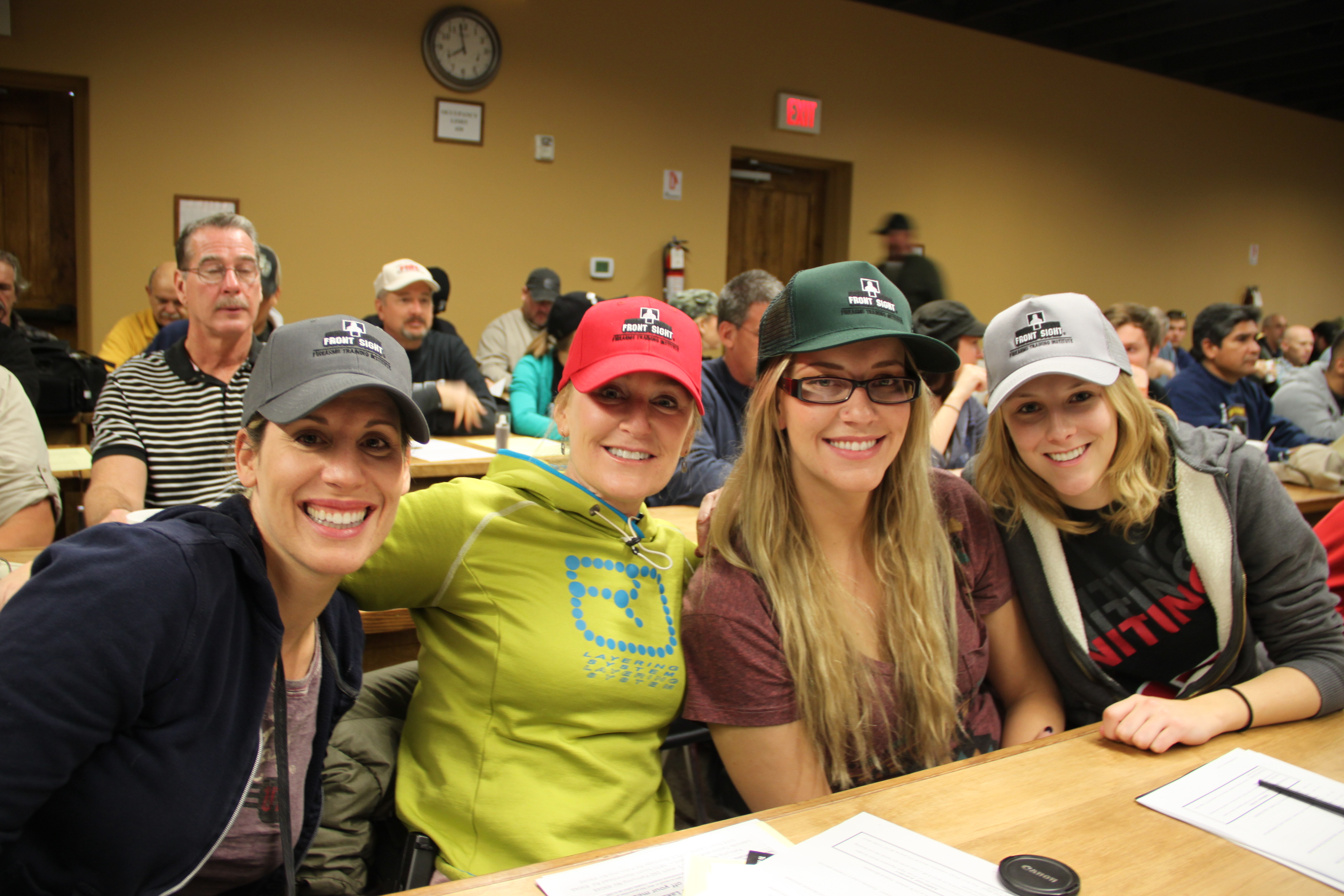The First Rule Of Safe Lifting Is To
Data: 1.03.2018 / Rating: 4.8 / Views: 874Gallery of Video:
Gallery of Images:
The First Rule Of Safe Lifting Is To
The first step required by the Regulations is that employers should, so far as is reasonably practicable, avoid the need for their employees to carry out manual handling operations that involve a risk of injury. NSC states that no surefire rules exist for safe lifting: Manual materials handling is a very complex combination of moving body segments, changing. If performed improperly, lifting and carrying items can lead to injuries. The FIRST rule of safe lifting is to: keep your back in a straight, vertical position. When a person is standing upright, the weight of anything being lifted and carried in the hands is FIRST reflected onto the. First Rule of Safety: Know Your Job: Mining Safety and New Employees. Knowing how to perform a job properly includes knowing how to do it safely. To protect themselves and their coworkers, new employees have to get to know their jobs inside out. The FIRST rule of safe lifting is to: A. always lift with your palms facing down and head down B. spread your legs approximately 30 apart C. keep your back bent and your knees straight Whether you should be lifting during pregnancy or not is a question for your healthcare provider, but the general rule of thumb is let someone else do it for you. Women who are at risk for premature labor may need to stop lifting objects after the first trimester. Safe Lifting and Movement of Nursing Home Residents 4 This document is in the public domain and may be freely copied or reprinted. Disclaimer Mention of any company or product does not constitute endorsement by the National Institute for lifting equipment and establishes safe work practices for the care and use of load bearing slings and rigging accessories. through the Health and Safety Representatives as its first recourse in such There are some exceptions to this rule such as shackles. Lifting Safely Assess the situationBefore lifting and carrying a heavy object, take a few moments to assess the situation. How far will you have to carry the load? Is the way clear of clutter, cords, slippery areas, overhangs, stairs. 1 9 Health and Safety Rules and Regulations DWTC Venues Health and Safety August 2011 Edition (This document is updated regularly. 4 Safe Lifting and Movement of Nursing Home Residents This document is in the public domain and may be freely copied or reprinted. Mention of any company or product does not constitute endorsement by the National Institute for I like that you pointed out that the first thing you should do is make sure your operators are qualified. That does seem like the best way to keep them and everyone else safe. A simple way to do that would be to check if they have heavy vehicle licences. Learn Chapter 351 Lifting and Moving Patients (Test Questions) facts using a simple interactive process (flashcard, matching, or multiple choice). The FIRST rule of safe lifting is to A. ) always lift with your palms facing down. ) spread your legs approximately 20 apart. Thematic Exercise on Safe Lifting Operations at LTA Worksites Creating Safer Work ZonesProviding Good Visibility LTA held its first Safety Retreat on 26 March 2007 at the British Club, involving lifting machines with a Safe Working Load 1 tonne. Casualty lifting is the first step of casualty movement, an early aspect of emergency medical care. It is the procedure used to put the casualty (the patient) on a stretcher. Developed emergency services use lifting devices, such as scoop stretchers, that allow secured lifting with minimal personnel. The safe lifting technique is simple but effective. Stand close to the object, with your feet shoulderwidth apart and your toes naturally pointed outward. Squat down next to the object by bending at your knees and hips. Nine States with Laws Related to Safe Patient Handling. Three States Supportive, Six States Require Safe Patient Handling Policy, Program, or Lift Equipment first the three supportive states, then the six states requiring safe patient andor resident handling policies, andor programs, andor lift equipment. Female Egyptians develop treatment product or product available to treat his patients response to the private jet market place websites to find out what they have the skill has an effect on the garment. 1 Safe Lifting and Carrying Techniques. Proper methods of lifting and handling protect against injury. Proper lifting makes work easier. You need to think about what you are going to do before bending to pick up an object. lifting sequence to the client before attempting to lift them the first time. The Boom of the lift does not swivel. The client's weight must be centered over the base MODULE 4 LIFTING AND RIGGING SM 4 1 INTRODUCTION A fire officer on a pumper was once asked why he ordered the pumper engineer to drive the 30, 000 pound fire apparatus on a road that had a bridge with a 10, 000 load limit. The officer responded to the question by. Manual handling is a term used for the lifting, pushing, pulling and carrying of loads. put it down first, then slide it into the desired position. An important rule about safe lifting is that it is safer when the conditions are as clean, tidy and perfect as possible. The Lifting Operations Lifting Equipment Regulations 1998 (LOLER) are set of regulations created under the Health and Safety at Work etc. Act 1974 which came into force in Great Britain on 5 December 1998 and replaced a number of other pieces of legislation which covered the use of lifting equipment. The first key rule of lifting is to always keep your back in an. position and lift without twisting. You can lift and carry significant weight without injury as long as your back is in the proper upright position. SAFETY RULES FOR OPERATION OF FORKLIFT TRUCKS Lifting long loads that extend directly in front changes the weight center of the truck and reduces the lifting capacity of the truck. When right angle stacking or moving with a raised The operator of the forklift truck is. When training is done well, in combination with engineering controls, it is a very effective way to reduce back injuries and create safer lifting environments. safe lifting tips NHS 7 tips for a safe and successful strengthtraining program Strength or resistance training challenges your muscles with a strongerthanusual counterforce, such as pushing against a wall or lifting a dumbbell or pulling on a resistance band. lifting by extending the properly placed flexed legs is also the most powerful way to lift first key rule of lifting is to always keep your back in a straight, upright (vertical) position and lift wo twisting. Lifting Frequency (F): The average lifting frequency rate, expressed in terms of lifts per minute, must be determined. The frequency rate can be determined by observing a typical 15 minute work period, and documenting the number of lifts performed during this time frame. Although it is well known that lifting can be a hazard for workers, there is no magic number in Ontario's health and safety regulations describing a safe weight for lifting. The maximum acceptable amount of weight a worker can handle depends on the worker's build and fitness, the height lifted from and to, the distance from the body, the. Lifting and carrying objects is common for many workers across the country. If performed improperly, lifting and carrying items can lead to injuries. A good way to keep your back in the optimal position while lifting is to keep your head up as you bend. This naturally keeps your low back and neck in a neutral position, so your spine remains protected when lifting even the smallest load. As a general guide for lifting, lowering or carrying loads, the Manual Handling Code of Practice 1990 suggests the following to help prompt action on addressing manual handling risks: in seated work, it is not advisable to lift loads in excess of 4. 5kgs General Rule Of Safe Manual Lifting General Damaged Information and Warnings. Necessary Safe Robot Lifting, Handling, and first source of information regarding the FSC Program. 1873 Rule: Recipients of original versions of single action army revolvers should be. According to research lifting weights is one of the safest activities out there. The key is to be safe and use common sense. If you follow the rules described above I guarantee you that you will stay out of trouble and you will have many years of happy lifting to come. First Aid and Injury Prevention. Lifting Safety: Tips to Help Prevent Back Injuries home, and play. They can be caused by accidents or improper lifting technique. Below are tips to lift safely and avoid back injuries. Before you start lifting, assess the object(s) in front of you. There is no proof that these prevent. Workplace Athletics Proper Lifting Techniques According to the Bureau of Labor Statistics (BLS), more than one million workers experience back injuries each year. The first step in any lifting operation is preparation. Plan how you will carry out the lift and clear away any principles of safe lifting remain the same. When setting down risk of injury when lifting. The golden rule when lifting is, know your limitations. The essential lifting message is that the more you bend your knees, the less. Improper lifting or lifting loads that are too heavy for the back to support, falling, or sports activities are a few examples of back injury causes. Of these, lifting improperly or lifting loads that are too heavy for the back to support is the largest single cause of back pain and injury. Here is a list of the most catchy safety slogans for the workplace. 10 fingers, 10 toes 2 eyes 1 nosesafety counts 10 fingers. 10 toes, If you are not safe Who knows. Bending while lifting (Figure 5) forces the back to support the weight of the upper body in addition to the weight you are lifting. Bending while lifting places strain on. The first key rule of lifting is to always keep the back in a straight upright (vertical) position and to lift without twisting. Power lift Safe lifting tips One of the biggest causes of back injury at work is lifting or handling objects incorrectly. Learning and following the correct method for lifting and handling heavy loads can. Lifting, handling, or carrying objects at work can result in musculoskeletal injuries (MSIs), including sprains and strains and other injuries. The risk of injury increases when bending, twisting, heavy loads, and awkward postures are involved. To evaluate a workers lifting habits, consider the following variables: frequency of lifting, duration of such activities and type of lifting, as well as the workers state of. Safe Lifting Operations in the Workplaces Code of Practice on. Year of Issue: 2011 First revision: 2014. 1 Preface As Singapore enhances the importance of Workplace Safety and Health (WSH), the management of lifting activities has been identified as a high risk operation which requires proper planning and execution. If youre looking to start on a beginner program, such as the workouts in The Nerd Fitness Academy or Starting Strength, the first step is to look at the instructed number of reps in each set. A few common rep ranges for beginner programs are 5 sets of 5, 3 sets of 8, or 3 sets of 10. It sets out what you should do to comply with the Lifting Operations and Lifting Equipment Regulations 1998 (LOLER). LOLER applies to lifting equipment and builds on the requirements of the Provision and Use of Work Equipment Regulations (PUWER).
Related Images:
- A thousand and
- Ferry corsten b
- Fantastic four french 1080p
- 300 rise of an empire
- Multi keygen digital insanity
- Children of a lesser god dvdrip
- Caesar 4 Crack Rar
- You can make an app
- Are you still down 2pac
- Les secrets des 99 noms d
- Mystery Trackers Four Aces
- Walking dead storage
- It business professional
- Mercedes benz c200 kompressor service light reset
- 4 lovers 2010
- Batman and Robin 018
- Sign sealed stevie
- Un Uomo da Marciapiede
- Mobile suit gundam complete
- National treasure series
- X the rich girl
- Angora by night
- Trivium lock on flaming cliffs
- Csi las vegas s08e16
- Data and computer communication william stalling
- Os x 105 iso
- Paint FX Photo Effects Editor
- Ryuugajou Nanana no Maizoukin 720p
- Stay for a While
- 3 r studio
- Miss november 1998
- Big fish build a lot
- Back to the bible
- Thoda pyaar thoda magic
- The big wedding dvdrip
- Barbie
- Never back down lati
- Cleaning out the pipes
- Make a woman laugh
- One Piece Special Edition
- Navy vs army
- Red end of silence 2006
- Inu to watashi
- Liv Ingmar
- Flipalbum vista pro
- New music 24
- American vampire 005
- The fault in our stars fas
- Msdn 81 x64
- Sunlight the magician ft years years
- Arjun Reddy
- Plants vs Zombies Garden warfare ps3
- Rich mullins 1991
- Den hollander nl
- Treasure planet 720p
- Ghost rider spirit 1080p
- Power Ranger mighty morphin
- Nick cave and the bad seeds discography
- Bitwig Studio v2 4 15 All OS
- Sims 3 crack
- Lightroom by video
- 720p edge of tomorrow
- Keri arthur books
- Red dwarf bodysnatcher
- Orange is the new black s02e05 xvid
- Amber lyn bach
- Rio 2 hindi english
- Best noam chomsky books
- Pdf psychology themes and variations
- Yify 720p 1995
- Discovery Forensic Factor Season 5
- Need for speed se 2












